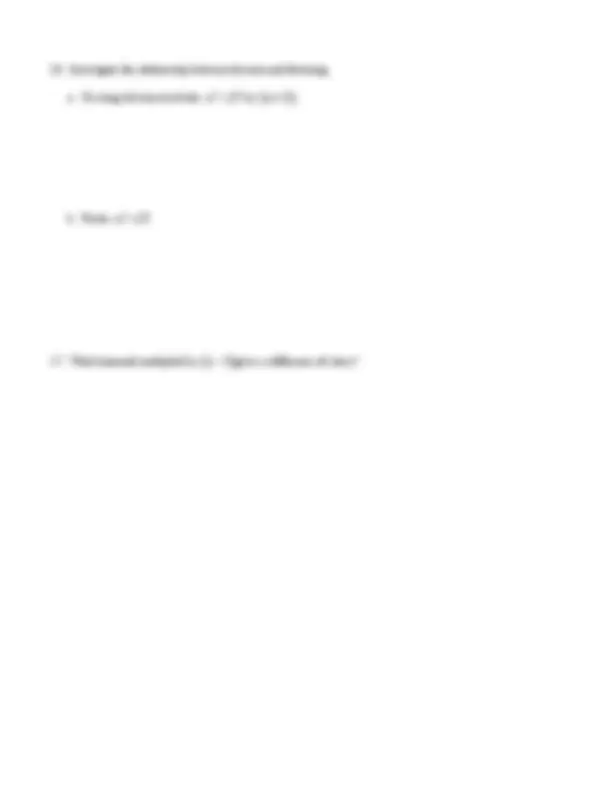



Study with the several resources on Docsity

Earn points by helping other students or get them with a premium plan


Prepare for your exams
Study with the several resources on Docsity

Earn points to download
Earn points by helping other students or get them with a premium plan
Community
Ask the community for help and clear up your study doubts
Discover the best universities in your country according to Docsity users
Free resources
Download our free guides on studying techniques, anxiety management strategies, and thesis advice from Docsity tutors
An explanation of factoring sums and differences of cubes, focusing on perfect cubes and binomial factoring. It includes exercises for practicing factoring sums and differences of cubes, as well as investigating the relationship between division and factoring.
What you will learn
Typology: Schemes and Mind Maps
1 / 3

This page cannot be seen from the preview
Don't miss anything!


Sum and Difference of Cubes Factoring a Sum or Difference of Cubes Recall : A binomial is a difference of squares and can be factored as. If a and b share no common factors, then a sum of squares is not factorable over the real numbers. Note: Both a difference of cubes, , and a sum of cubes, , are factorable. Perfect Cubes Perfect Cubes Perfect Cubes For exercises 1 – 6, factor the sums or differences of cubes.
Factoring Binomials: A Summary Note: Some factoring problems require more than one method of factoring. In general, when factoring a polynomial, be sure to factor completely. Factored Form of a Sum or Difference of Cubes Sum of Cubes: Difference of Cubes: Factored Forms of Binomials
For exercises 7 – 15 , factor completely.